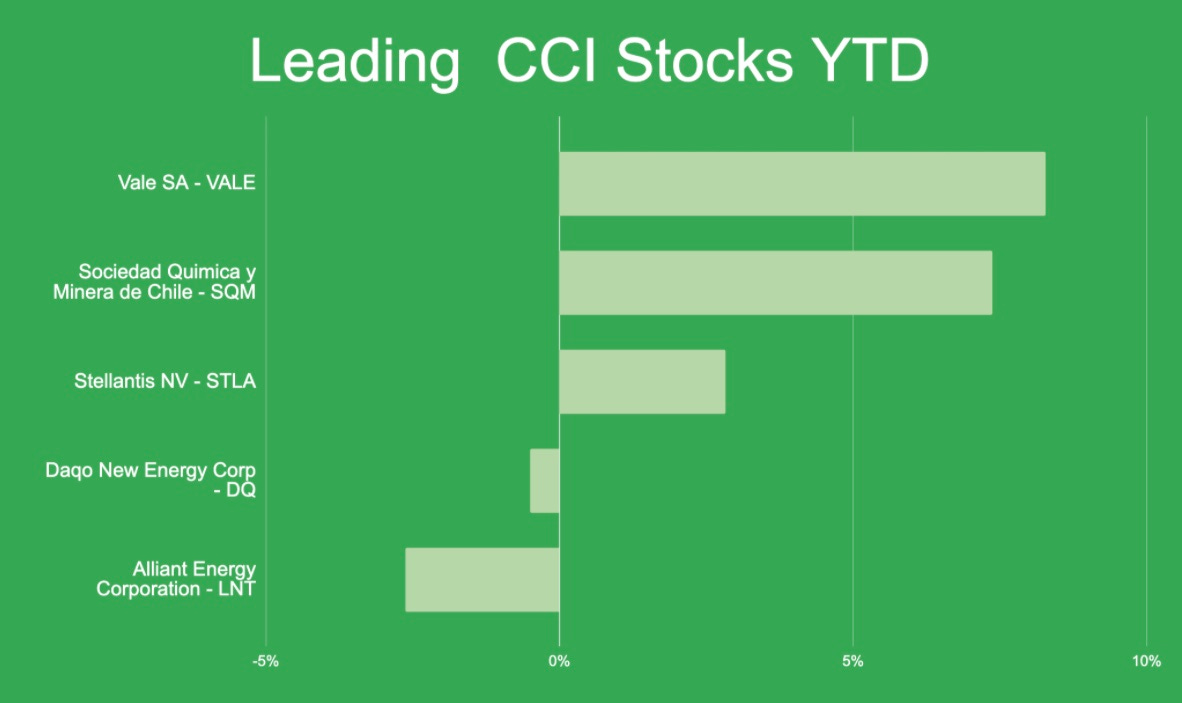Zeus: What's behind the sudden tightening in climate funding
Venture capitalists, startup CEOs say era of higher scrutiny has begun.
This column is for Callaway Climate Insights subscribers only, but it’s OK to share once in a while. Was it shared with you? Please subscribe.
(David Callaway is founder and Editor-in-Chief of Callaway Climate Insights. He is the former president of the World Editors Forum, Editor-in-Chief of USA Today and MarketWatch, and CEO of TheStreet Inc.)
SAN FRANCISCO (Callaway Climate Insights) — The scene at the BloombergNEF Summit San Francisco on clean energy this week was reminiscent of the before times, when Corona was a beer, masks were for robbers, and bankers, investors and entrepreneurs mingled over canapés and wine to discuss the latest IPOs.
The hybrid conference at the Four Seasons Hotel was first class, in the usual Bloomberg way. The technology delivered a seamless mix of panelists in person and on video link. The TV studio in the lobby was humming; and the sun deck where attendees congregated to take off their masks and catch up after the holiday Omicron lockdown was packed.
Beneath the convivial atmosphere and the readings of record 2021 investment and funding data, were whispers that a turn had suddenly developed in the private markets. And it wasn’t just at this conference.
Bankers, venture capitalists and startup CEOs we’ve spoken with in the last week all have spoken of a sudden shift in the way big investors are approaching startup funding. Some blame the volatile January stock market. Others, the concern about Biden’s climate agenda. Still others, the sheer volume of clean tech entrepreneurs with their hands out for funding.
As one executive put it, a dollar of funding three months ago is now worth about 90 cents. Perhaps not a massive drying up of capital, but it is clear big investors are suddenly becoming more cautious in what they will invest in. Some had cited recent decisions by Tiger Global Management to pull back funding on some private deals in the last month. But it likely started before that.
To some extent, the 10% decline in stock indexes such as the Nasdaq and the S&P 500 in early January did shock everybody. Not that environmental, social and governance (ESG) stocks had much of a 2021 anyway. But as ESG funds largely skew toward technology, the plunge in the Nasdaq took everybody down.
But I think what’s happening is a more fundamental shift in thinking. The climate finance scenario is maturing from a point of wild net-zero pledges and commitments to one of action, and better disclosure. With increased visibility into who is really doing what, and more defined benchmarks, investors are now better equipped to put more teeth in their term sheets. Either through tighter funding or more restrictive covenants.
This has been a long time in coming, and it by no means conveys a turn away from investing in the renewable and clean tech space. Indeed, some of the biggest investments ever have been announced in just the last month, hundreds of billions in renewable energy projects from Blackstone (BX), Carlyle Group (CG), HSBC (HSBC), and Goldman Sachs (GS).
Bloomberg had a nice breakdown at the conference of where the some $755 billion in money invested in climate solutions globally last year went. About half went to renewable energy projects, but the fastest growing sector was by far electrified transportation. Battery storage also leaped.
But the ESG theme has been struck by a surge in confusing metrics and excessive over-promising, or greenwashing, to the point where a lot of money managers are not sure what is real and what is not. That’s caused some air to be let out of the balloon (not bubble) in recent months.
“They are still vacillating with the idea of whether ESG is financially material,” said Elsa Pau, a popular Hong Kong financial publisher and adviser, in an interview over the holidays, talking about Asian fund managers and ESG. “There is still a lack of information in the market.”
That seems to be what has changed in this new year. At least at the top level of these institutions, and on down to the private markets where the venture capitalist search for the next Tesla (TSLA), the information vacuum has gotten to the point where some investors are starting to draw their own lines. Not every startup deserves an eight-figure Series A.
Earlier this week, Peabody Energy (BTU) was accused by the Australian government of submitting incorrect greenhouse gas emissions reports. The U.S. energy company, one of the largest operating in Australia, either over-reported or under-reported. The incident was seen as a sign that loose reporting requirements were resulting in data that was of little use in the climate battle.
More of these reports are coming, and soon. Proxy season is just around the corner and investors will be scrutinizing annual reports this spring for evidence of real diligence on emissions and emission reporting.
The markets are moving into an era of action in 2022, where companies, countries and most of all, entrepreneurs, will be measured more closely, and expected to show results on a regular basis.
That is a good thing, and it will ultimately be reflected in better performance in both private and public markets for the companies that are serious about reducing their emissions and building climate solutions.
We can expect more energy conferences and summits, hopefully soon without masks, but this time it is the funding companies who will be in demand on the sun deck. The tide has turned.



